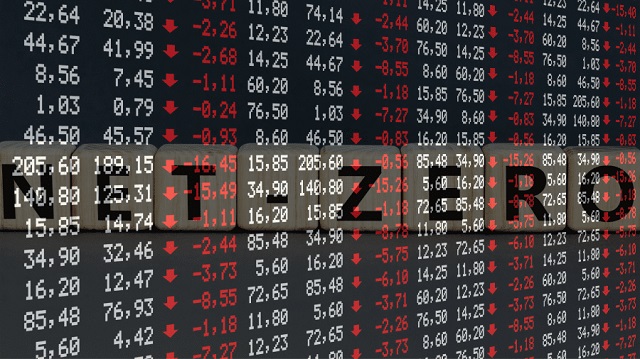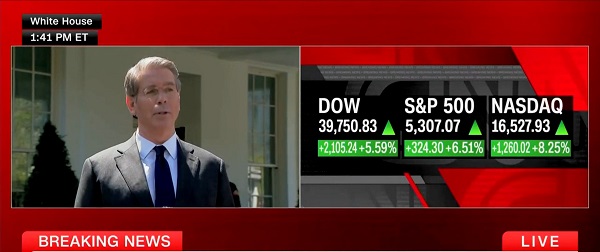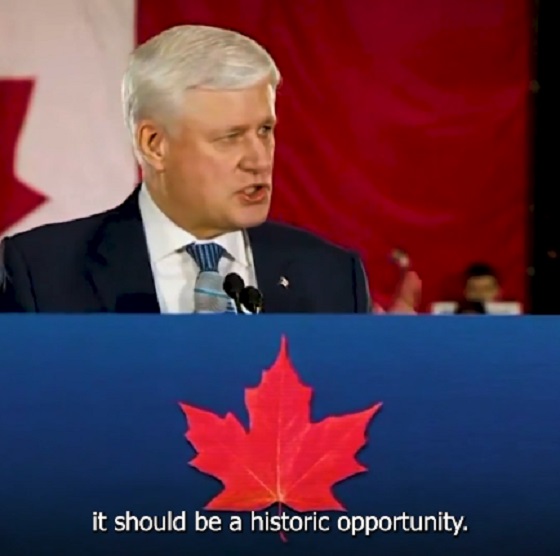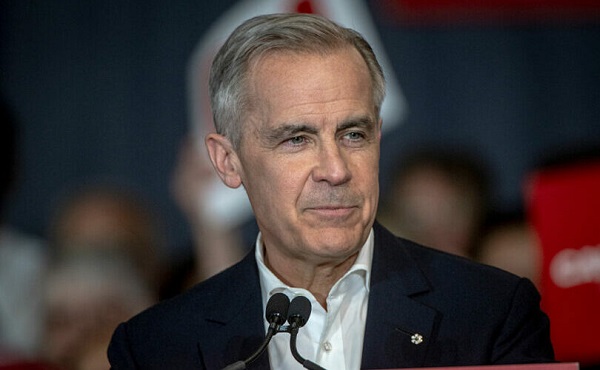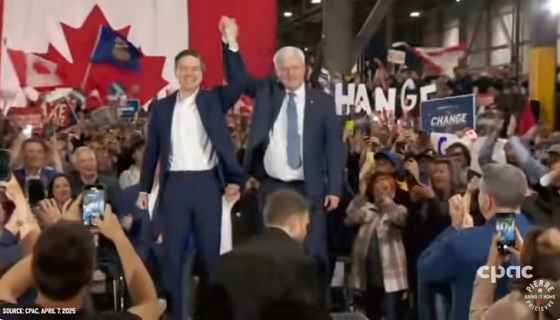By Chris Sankey
Canada’s goal should not be to eliminate fossil fuels, but to carry out a steady and manageable reduction of emissions
The federal government is pushing an aggressive emissions reduction strategy that could devastate the Canadian economy and threaten our way of life. This isn’t just about the oil & gas industry. Port-related industries, transportation, infrastructure, health and education, and countless other sectors will be collateral damage. As will the standard of living of everyday Canadians.
One need only peek behind the curtain to understand the current course of federal policy.
Ottawa’s anti-fossil fuels agenda appears to be rooted in the ideas of two ideologically driven behind-the-scenes entities: Senators for Climate Solutions (SFCS) and Clean Energy Canada (CEC).
A group of 44 Canadian Senators, led by Sens. Mary Coyle and Stan Kutcher (both of Nova Scotia), launched SFCS in the fall of 2022. The Senators also recruited a team of interns from GreenPAC, a Toronto-based environmental lobby group, to help get SFCS up and running. GreenPAC Executive Director Sarah Van Exan told blog The Energy Mix at the time that the group had recently assigned its first-ever Senate intern to the office of Sen. Coyle.
“We saw the chance to lend critical capacity—with communication, coordination, and policy research—to help them get established,” Van Exan told The Energy Mix in an email. “The group’s cross-partisan aim and determination to put a climate lens on legislation, advance climate solutions, and hold the government’s feet to the fire is exciting.”
This team of ‘climate-minded’ Senators draws lightly on expertise from Western Canada, let alone calling on experienced energy experts from Alberta. Of the dozen experts listed on the SFCS website, just two – University of Calgary Geosciences professor Sara Hastings-Simon and Vancouver Island farmer Andrew Rushmere – are based in Western Canada.
12 years earlier, Clean Energy Canada was established as a subsidiary of the Morris J. Wosk Centre for Dialogue at Simon Fraser University (SFU) in Burnaby, BC. The group is the brainchild of Merran Smith, a figure The Province once described as “the spawn of the tendrilous and pervasive eco-activist group Tides Canada and [SFU].” Smith first came to prominence in the early 2000s while campaigning to protect coastal BC’s Great Bear Rainforest, rubbing elbows with the likes of Tzeporah Berman (an anti-pipeline acticist so extreme she was booted from the Alberta NDP’s Oil Sands Advisory Group). Other members of the team include BC Green Party alum Evan Pivnick and Electric Vehicle (EV) evangelist Meena Bibra. According to its own website, CEC’s mission is to “accelerate the transition to a renewably powered economy” via “inform[ing] policy leadership.”
Are these the sorts of people the Trudeau Government should be listening to on climate matters?
Let me give you a few stats and you be the judge. I recently had a chance to listen to Adam Waterous, the CEO of the Waterous Energy Fund and former Global Head of Investment Banking at Scotia Waterous. He is, I may add, an incredibly intelligent businessman who lives and breathes energy.
Adam shared some surprising facts about EVs. For instance, he mentioned that it takes five times the amount of oil to build an EV than it does to build a conventional gas-powered vehicle. In order offset this difference, a person must drive an EV 120,000 kms using the electrical grid. Meaning, every time we build an EV demand for oil goes up, not down. Further, an EV battery does not last the lifetime of the vehicle itself, crapping out in as little as 8 years. This expands the EV’s carbon footprint even further as producing a single EV-grade battery emits over seven tonnes of C02e emissions. All told, an EV has roughly double the production footprint of a conventional vehicle.
Still convinced we are saving the planet?
The BC provincial government is forging ahead with a set of policies that its own modelling shows will make BC’s economy $28 billion smaller in 2030 than it would be absent these policies. (To put this number into context, this is roughly what the province spends on health care each year). This will set prosperity back more than a decade. This remarkable finding emerges from looking beyond the government’s glossy reports to the raw modelling results of the estimated economic impact of CleanBC policies that are studiously ignored in its public communication materials.
Similarly, Alberta Electric System Operator (AESO) estimates the cost of achieving a net zero electricity grid by 2050 to be nearly $200 billion, while the AESO Net-Zero Emissions Pathways report estimates that accelerating this timeline to 2035 could add an extra $45 to $52 billion. (That is without factoring in the costs of co-generation or the full distribution system and integration costs). Moving to net zero by 2050 will also eliminate 10,000 direct jobs in the oil and gas sector and an estimated 2.7 million jobs in total.
All provinces, and every Canadian household, will be impacted by the federal emissions reduction strategy. However, no province will be impacted more than Alberta. The currently federal modelling used to develop the clean electricity regulations (CER) does not properly represent Alberta’s Electricity Market and thus is unable to adequately forecast the economics of energy production. Canada’s proposed emissions intensity limit effectively requires natural gas backed power plants to sequester an annual average of 95% of all associated emissions through CCUS or other technologies (CCUS) or other technologies. As of writing, no natural gas generation with CCUS modifications has ever hit this mark.
The CERs create significant investment risk for (CCUS) projects as the physical standard for the technology is unproven. Adding insult to injury, the federal government is proposing a 20-year end-of-life for natural gas facilities built prior to January 2025. This will result in some of the cleanest gas plants in the world being shut down decades before they run their useful life; all while Asia continues to burn coal at a record pace.
Canada is about to enter a world of self-inflicted economic pain at precisely the time that Indigenous communities are finally starting harness their resource wealth. We finally made it to the corporate table where we have a seat, a say and ownership – and now the federal government wants to take it all away. How is that for bad timing?
Without reliable and affordable energy, Canadians will be left choosing between shelter, food and keeping the lights on. I don’t know about you, but I will not follow those politicians and organizations driving our climate policies to extremes, into ankle deep water, but I will listen to and follow serious people like Adam Waterous.
The goal for Canada should not be to eliminate fossil fuels. The goal needs to be a steady and manageable reduction of emissions. We must get our ethical and clean energy out to the world. Our economic future depends on it.
Chris Sankey is a former elected Councilor for Lax Kw’alaams Band, businessman and Senior Fellow for the Macdonald-Laurier Institute.
